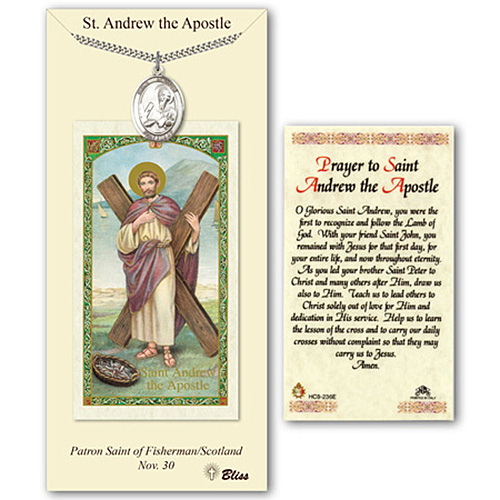Author: George MangiaracinaPublisher: Christus Publishing, LLCISBN:Category: ReligionPage: 273View: 193'O Lord, my God, who will seek you with simple and pure love, and not find that you are all one can desire, for you show yourself first and go out to meet those who seek you?' With these beautiful words, St. John of the Cross places before us God's great invitation of Love. He reminds us that it is God who fulfills our desires, God who yearns for us, and God who will come to us if we seek Him. Accept the invitation to journey through Lent with Jesus Christ and one of the great spiritual writers of the Catholic Church, St. John of the Cross.
Saint Andrew Daily Missal Volumes 1-4
Inside you will find an Invitation from St. John of the Cross, a short biography of St. John of the Cross, a History of Lent, and St. John of the Cross on following Jesus. Each day of Lent, weekdays and Sundays, begins with: a Gospel Reading, a selection from the Writings of St.

John of the Cross, a Reflection, and a Prayer. Let this book help you explore the spiritual wisdom of St. John of the Cross and the journey to God. 1874-1977Author: Donald StoeszPublisher: FriesenPressISBN:Category: ReligionPage: 324View: 670A chance discovery of a log book of sermons by grand-uncle and Evangelical Mennonite Mission Conference minister Cornelius G.
Stoesz led Donald Stoesz on a fifteen-year odyssey in which he identified four hundred and fifty-seven Scripture texts used by seventeen Mennonite ministers in Canada over the course of one hundred years (1874-1977). The extensive, yet selective, use of the Lutheran lectionary by these ministers illuminates an aspect of Mennonite church life that has seldom been recognized. Known as the Anweisung der Lieder and located at the front of the German-language hymnbook (Gesangbuch), this lectionary was in use by Mennonite congregations in the 18th and 19th centuries in Prussia and Russia. Stoesz details Scripture usage and arranges sermon texts according to method of selection and topic. Included in this analysis are biographies of three pastors and several translated sermons from 1 Peter.
Saint Andrew Daily Missal Pdf Free
Robinhood:My wife recently picked up a Saint Andrew daily missal in a second hand shop for a few pounds which is in excellent condition.We will be attending the Tridentine/Latin mass in the new year and her Missal was printed in the late 1940’s, will she be able to use it in a 1962 Tridentine Mass.What are the differences in the Missals pre 1962 compared to the post 1962Thanks for any help:)the changes should be mostly minor details. For example, the 1962 Missal added St. Joseph to the list of saints mentioned in the Cannon (Eucharistic Prayer). There will probibly be a few other things, but the overall meaning of everything should be the same.one thing you might want to look for is that most Latin Mass communitied will provide latin/english booklets that youy can borrow. You might want to cheack the back of the church as you walk in. Then you can use your missal for the readings and prayers that change every day.also, just a heads up.
Saint Andrew Daily Missal

You will probibly be lost the first couple of times that you go. It takes a few Masses to get used to the flow, but its not bad at all once you get used to it, just be patient. Robinhood:My wife recently picked up a Saint Andrew daily missal in a second hand shop for a few pounds which is in excellent condition.We will be attending the Tridentine/Latin mass in the new year and her Missal was printed in the late 1940’s, will she be able to use it in a 1962 Tridentine Mass.What are the differences in the Missals pre 1962 compared to the post 1962Thanks for any help:)With regard to the St Andrew Missal itself. The old traditional woodcuts that one sees in the 1940s were changed in favour of more modern looking ones from 1958 onwards. So in the 1962 St Andrew Missal one sees the Novus Ordo Collins style of artwork with some Latin words. I would love to find one, wish I had kept mine from 1st comm in 1957, I still remember stopping for a donut after Mass, carrying my missal, and someone commenting how good it was to see a young person carrying a bible.
I explained to the best of my 4th grade ability what it was, and showed her how much scripture it contained, and she was impressed, but a little nervous. This was “standard issue” for Catholic school children in my era, and it was taught in school, rubrics, the reasons for them, and any of us, girls included, could recite the prayers said by the altar servers in Latin, knew at least 2 chant settings for Mass, and a number of Latin hymns. If middle school children could learn it then, it should be no problem for whole congregations to learn again.